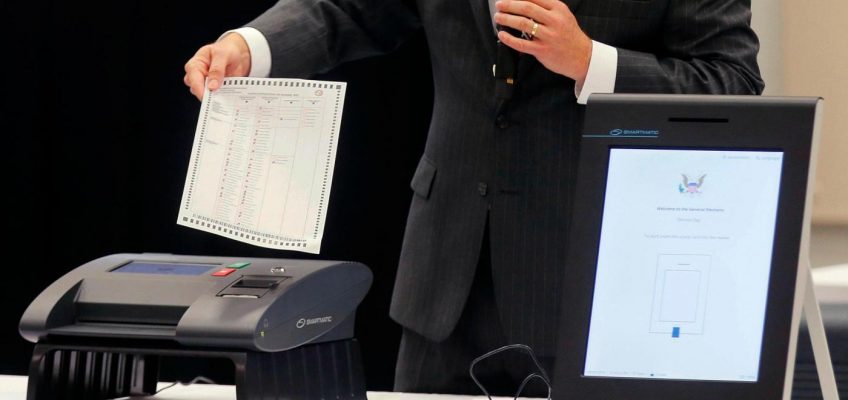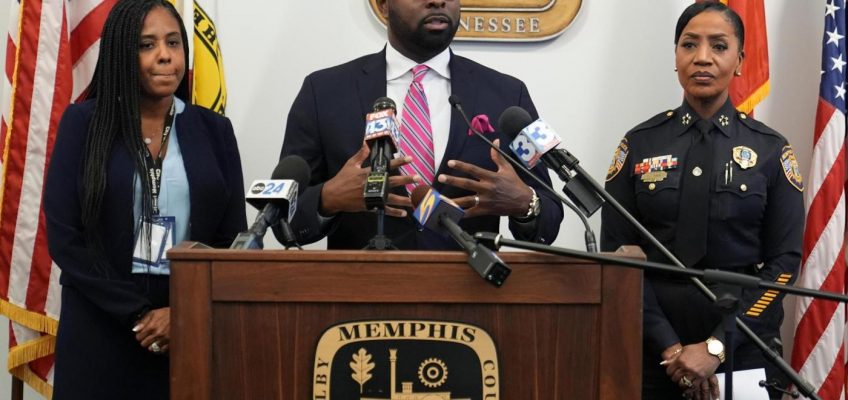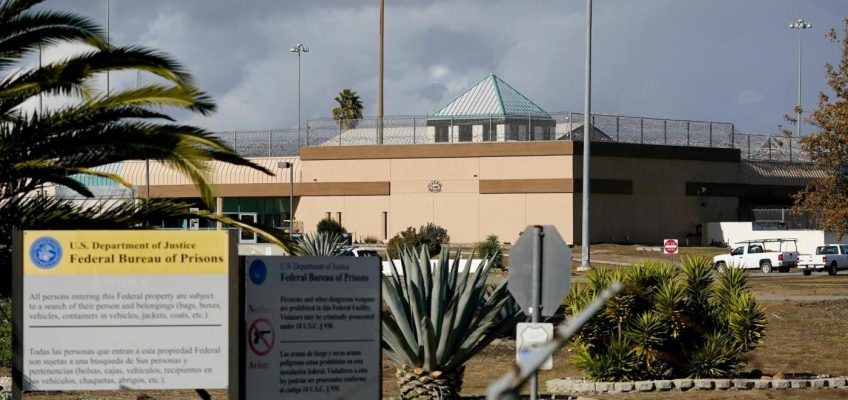By JENNIFER PELTZ
Smartmatic won’t be required to give Fox News a trove of information about U.S. federal charges against the voting machine company’s co-founder over alleged bribery in the Philippines, a judge ruled Thursday.
Fox News and parent Fox Corp. sought the information to help fight Smartmatic’s $2.7 billion defamation suit over broadcasts about the 2020 U.S. presidential election. Smartmatic says its business was gutted when Fox aired false claims that the election-tech company helped rig the voting.
Fox says it was simply reporting on newsworthy allegations made by then-President Donald Trump and his allies.
The Aug. 8 indictment of Smartmatic co-founder Roger Piñate and two other executives concerns a geographically distant matter: Smartmatic’s efforts to get work in the Philippines between 2015 and 2018.
But Fox maintains the criminal case is pertinent to Smartmatic’s business prospects, and therefore to the election-tech company’s claims about what it lost and stands to lose because of Fox’s 2020 coverage.
“As of Aug 8, governments will have to take into account the risks of doing business with a company (where some executives have been) accused of serious corruption by the U.S. Department of Justice,” Fox lawyer Brad Masters told a New York court Thursday.
He asked the court to order Smartmatic to provide any documents that it has given to the DOJ for the bribery investigation; any customer inquiries about the criminal charges; and any staff communications about the matter and its impact on the company.
The indictment accuses Piñate and two other Smartmatic executives of scheming to pay over $1 million in bribes to a Filipino election official to deploy the company’s machines and pay promptly for them. Federal prosecutors say the payments were made through sham loan agreements and via a slush fund created by overcharging for the machines.
Piñate, who has served as Smartmatic’s president, has pleaded not guilty to conspiring to violate the U.S. Foreign Corrupt Practices Act and to money laundering. It’s unclear from court records whether the other two executives have entered pleas.
Boca Raton, Florida-based Smartmatic itself isn’t charged in the criminal case. The company put the executives on leave and sought to reassure voters that elections are “conducted with the utmost integrity and transparency.”
Related Articles
Elon Musk and Vivek Ramaswamy are bringing Trump’s DOGE to Capitol Hill
Powell: Fed’s independence from politics is vital to its interest rate decisions
Billionaire who performed the first private spacewalk is Trump’s pick to lead NASA
States poised to end coverage for millions if Trump cuts Medicaid funding
Trump nominates cryptocurrency advocate Paul Atkins as SEC chair
Smartmatic’s lawyers contend the indictment is irrelevant to the defamation suit, which is about election-fraud allegations made by Trump’s attorneys.
“There’s merely an allegation, which is probative of nothing,” Smartmatic attorney Caitlin Kovacs argued Thursday. She suggested Fox wanted to “stand up here and play prosecutor to the jury” and “accuse Smartmatic of a crime that they didn’t commit.”
Judge David B. Cohen denied two similar requests from Fox while the federal investigation was ongoing, and said Thursday that the indictment didn’t change his mind.
“It’s a mere accusation. It raises no presumption of guilt,” he said.
Smartmatic is suing Fox and multiple current or former on-air hosts over shows in which Trump lawyers Rudy Giuliani and Sidney Powell portrayed the company as part of a broad conspiracy to steal the 2020 vote from Trump, a Republican and the winner of this year’s election.
Federal and state election officials, exhaustive reviews in battleground states and Trump’s own then-attorney general found no widespread fraud that could have changed the outcome of the 2020 election. Nor did they uncover any credible evidence that the vote was tainted. Dozens of courts, including some presided over by judges whom Trump appointed, rejected his fraud claims.
Fox News ultimately aired an interview with an election technology expert who refuted the allegations against Smartmatic.
Fox is countersuing Smartmatic, claiming the defamation case violates a New York law against baseless suits aimed at squelching reporting or criticism on public issues.
Smartmatic recently settled defamation suits against One America News Network and Newsmax. Fox News settled for $787 million last year with another voting-technology company, Dominion Voting Systems.




